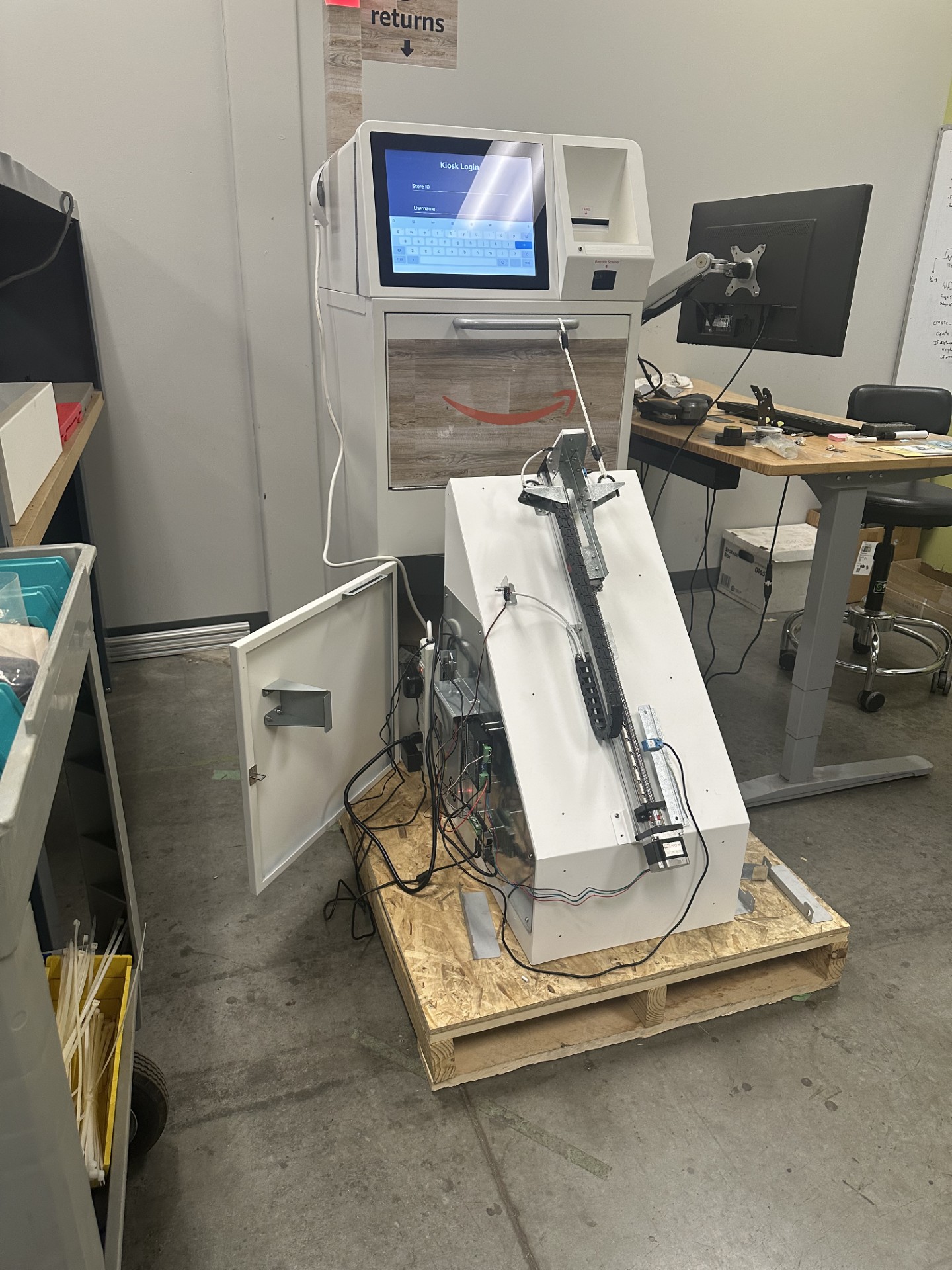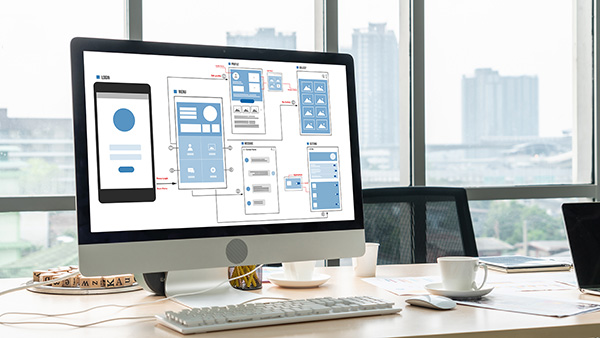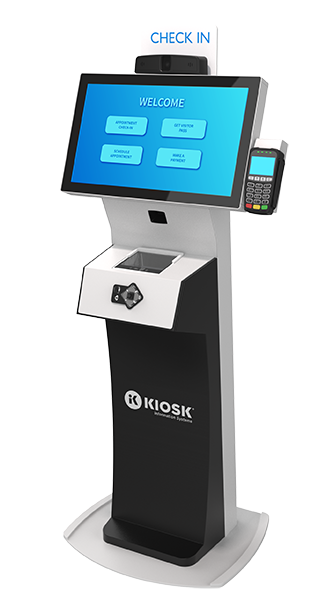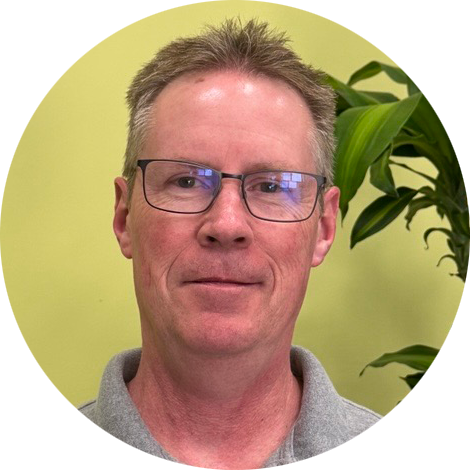At KIOSK Information Systems, our engineering team doesn’t just solve problems. They anticipate them, analyze them, and design innovative solutions that push industry standards forward.
One of our most recent internal success stories? A custom-built robot arm, developed in-house to address recurring issues in one of our most-used designs: the Automated Returns Kiosk (ARK).
Why We Built It
Our ARKs have seen incredible long-term use in the field, but some units began experiencing weld tears, cracks, and mechanical stress over time, particularly in the drop mechanism. These kiosks run with 24/7 access, and we needed a way to verify the lifespan of specific components like the gas cylinder controlling the door or the ADA assist spring, which has a limited life cycle.
Rather than rely on guesswork or vague estimations, our engineers knew we needed concrete data. They asked, “How can we confidently say how many cycles this component will last?” The answer? Build a test system ourselves.
The Solution: A Custom “Robot Arm”
Engineers Andrew Mills and Jeff Murphy collaborated to develop a robotic arm programmed in Python, capable of mimicking real-world kiosk usage. This robot doesn’t just simulate operation, though. It also records cycle counts, force, and push strength, providing the kind of detailed feedback our team can use to refine designs and prevent future issues before they arise.
This wasn’t just a clever workaround — It was a pioneering tool. No one in the field had created a testing system like this before!
Designed for Real-World Durability
The arm runs continuously, testing designs to failure, providing exact data on when and where a component fails. This level of testing means we can confidently say to clients, “This will last x number of cycles.” That kind of assurance isn’t just technical, it’s peace of mind.
Innovation That Sets Us Apart
This robotic solution reflects what makes KIOSK special: a passionate engineering team driven by curiosity, creativity, and precision. They didn’t wait for third-party tool to solve a problem, instead, they built one themselves. It’s just one more example of how we combine deep technical knowledge with a relentless drive to deliver the best.





